The image of the birch tree in popular Russian culture is as manifold as the trees themselves, but we could do worse than to begin with the song ‘Why do the birches rustle so loudly in Russia?’ By the patriotic band called Lube — apparently Putin’s favourite — it’s a melancholic guitar ballad that also mentions the soul, accordions, suffering, falling leaves, an old woman waving goodbye, and a beloved woman (rodnaya) ‘my own’, from the same root as rodina, motherland. It also happens to be sung by a handsome young village policeman. Na zdarovya! A shot of birch kitsch at its most potent.
As Tom Jeffreys mentions in his introduction: ‘For Russia’s intelligentsia, the birch is an old cliché, something they would rather forget about.’ After having the ‘peasant poet’ Yesenin’s verses thrust down their throats at school and silvery trunks deployed in Soviet propaganda ad nauseam, the only way the birch is going to appear in contemporary Russian art is beneath a deep layer of irony — like the branch holding up a gold-painted Eiffel Tower that Jeffreys spots at a Moscow art fair.
In popular culture, however, the beryoza still reigns, its luminous trunk a receptacle for all the most heart-wrenching elements of Russian national identity. Here is the pastoral golden age of birch in which merry peasants lived off the traditional products of the forest, wearing lapti (shoes made of birch bark), carving household utensils from birch wood, drinking birch sap and lightly flagellating each other with birch twigs in their steam baths.
Further back, here is the primordial birch, worshipped by ancient pagan Slavs from time immemorial (if you are willing to accept the officially sanctioned anti-Normanist account of early Russia). Then there is the birch of the heart: the tree as the eternal feminine in Russian culture — a lonely, pale beauty with an irresistible air of sadness. This in turn is strongly associated with the patriotic birch — the image of the motherland herself, suffering and forgiving, the mother/wife who will never cease to love her sons, however they treat her; a distilled birch sap cocktail, infused with intoxicating sentimentality, nostalgia and a soothing, vague sense that however hard life is, the Russian soul will prevail. No wonder, as the website Russia Beyond puts it: ‘Sometimes even modern Russians are surprised that birches not only grow in Russia. How is it possible? Our birches!’
As a guide through this forest of symbols, Jeffreys, by his own admission, cuts a poor figure. He repeatedly informs us that he can’t speak Russian, he’s taken the wrong bus, he’s too hungover to interview one person properly, too shy to talk to another. Perhaps his self-deprecation is meant to emulate the ‘modest, shy’ birch tree. No doubt he’s suggesting the limits of any individual commentator’s capacity to understand another culture. But goodness, it does get wearing.
A more serious defect is his superficial understanding of Russian history. For example, he thinks that the mystical Orthodox artist Nesterov ‘thrived’ under Soviet rule because he was given a Stalin prize in 1941. What he’s missed is that Nesterov, along with all his family, was persecuted and imprisoned in the 1930s, then suddenly restored to favour when the war inspired a return to more traditional Russian national and religious imagery. He claims that in the 19th century artists suffered ‘repressions’ and, bizarrely when you know who bought and owned these landscapes, that ‘to paint birches was to take the side of the peasants over the landowners’; in the 20th century he is surprised that there was no fraternisation with Nazi soldiers in the second world war as there was with German troops in the first. I could go on.
More off-putting still is his shallow dismissal of much of the Russian art he encounters. He’s bored by icons (‘I walk through room after room of icon painting, thinking not of Novgorod’s great past but in all honesty of lunch’), academic Russian art and even the landscape painting of the second half of the 19th century where, most would agree, the image of the birch tree reached its apogee. Savrasov’s painting is ‘a little clumsy’; Kuindzhi’s birches are ‘chunky and ungainly’; Shishkin ‘fails to convey what is actually significant’.
Two thirds of the way through the book he comes clean. In his analysis, the ‘white, straight, native, pure’ birch as a national symbol is linked with the most problematic elements of Russian nationalism: violent anti-Semitism and xenophobia. At last it becomes clear why he insists on the artist Isaac Levitan’s Jewishness — and perhaps why Levitan is the only landscape painter he approves of. Nesterov’s birches seem to Jeffreys to serve a political programme: ‘If the very earth, the flowers and the birches are eternally and exclusively Russian, then where does this leave those who are deemed not to be Russian enough?’ This is a reasonable point, to my mind. Russia for the Russians, Russian birches for the Russians, is a nasty thread that runs through Russian culture, and well worth more serious study. But this isn’t it.
Got something to add? Join the discussion and comment below.
Get 10 issues for just $10
Subscribe to The Spectator Australia today for the next 10 magazine issues, plus full online access, for just $10.
You might disagree with half of it, but you’ll enjoy reading all of it. Try your first month for free, then just $2 a week for the remainder of your first year.

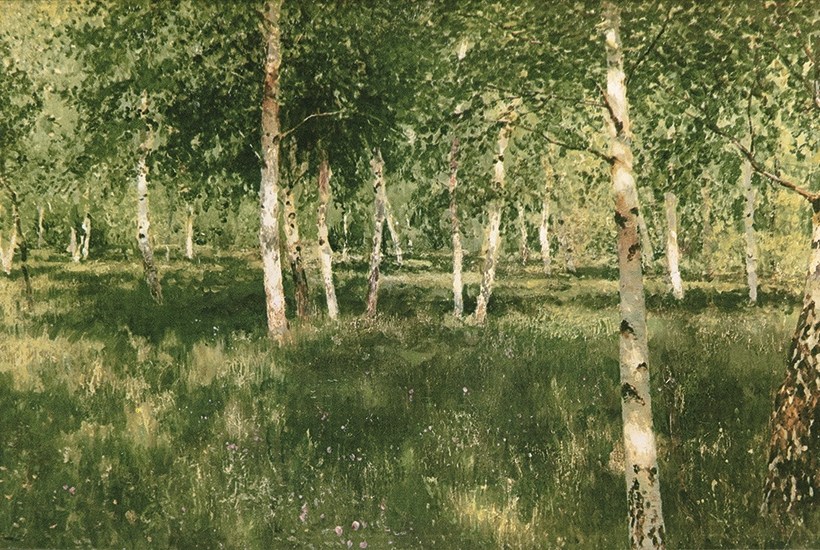
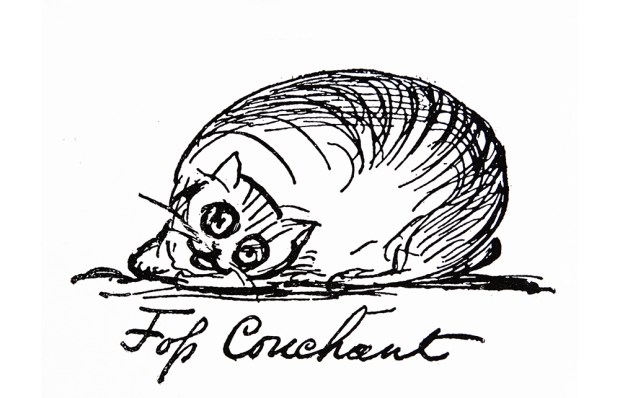
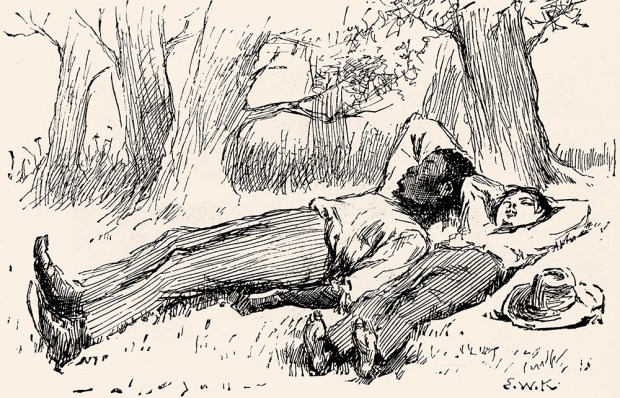
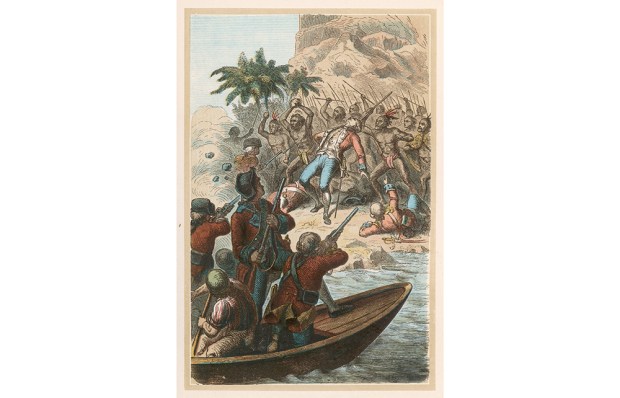

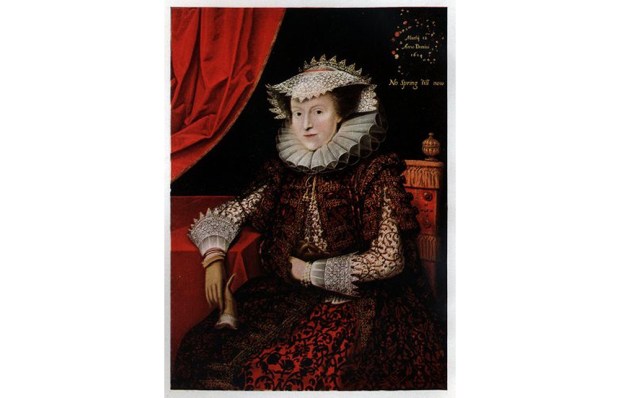
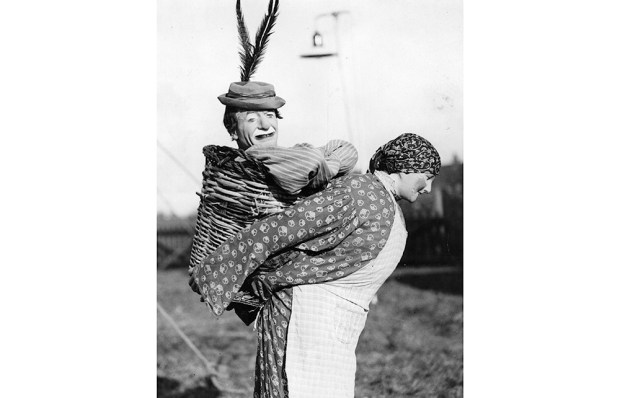






Comments
Don't miss out
Join the conversation with other Spectator Australia readers. Subscribe to leave a comment.
SUBSCRIBEAlready a subscriber? Log in